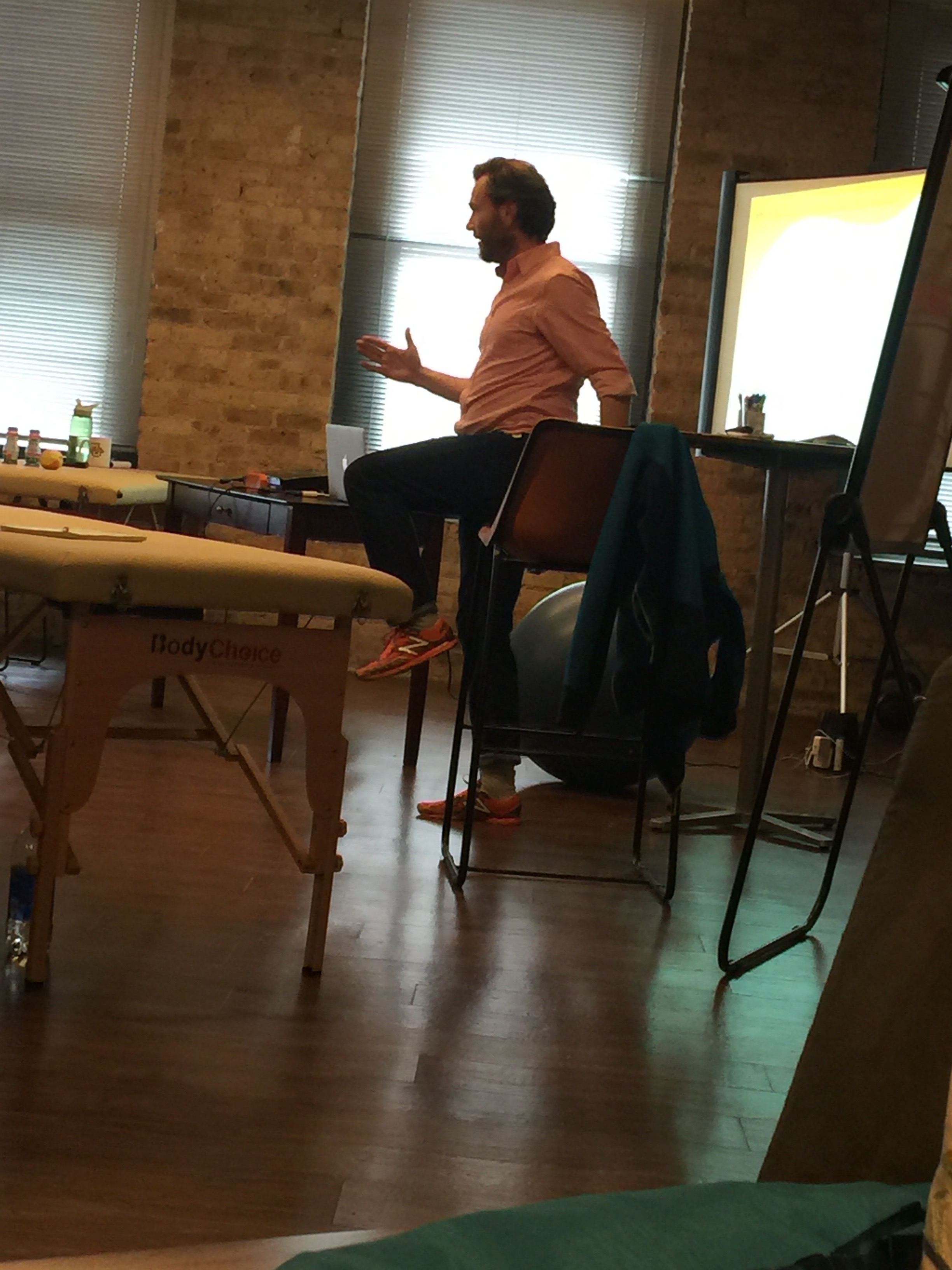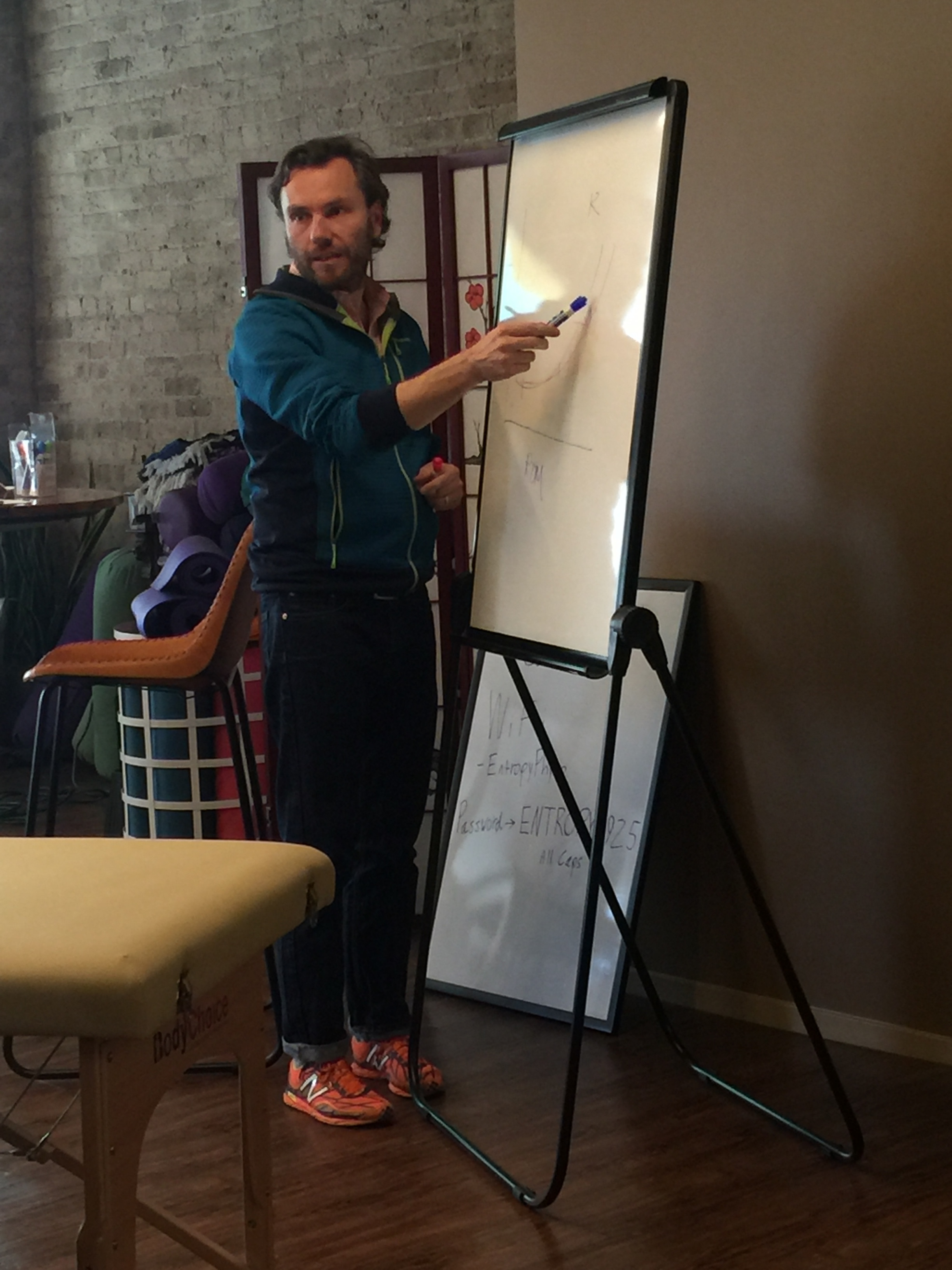With a better understanding of both Biomechanics and Pain Science the treatment of pain and injury can become infinitely more simple
A clinical practice rooted in the biomechanical model will have difficulty adapting to many common research conclusions that we have seen through the years. Such as:
Unfortunately, the answer to the normal clinical doubt that this research can engender has been to modify our clinical approach to make it increasingly complicated.
Explaining pain and injury with increasingly complex and convoluted biomechanical reasoning is not necessary to help patients in pain. This type of approach is not new and ignores much of biomechanical research that contradicts it as well as research in other fields that is more appropriately applied to out patients in pain.
Therapeutic neuroscience and treatment approaches which attempt to address function and patient cognitions within a BioPsychoSocial framework are touted as being THE way forward in treating patients. But the HOW of doing this is often difficult when the approach and explanations a therapist uses continues to rely on less than established biomechanical reasoning.
The aim of this website and the associated Courses is to reconcile these view points. Therapists don’t need to abandon much of what they have learned. Rather, a different perspective on how a therapist conceptualizes and uses their training is offered. Best of all, things can be much simpler. Doubts will remain but a framework can be established to manage those doubts and keep helping patients.
Course description here




